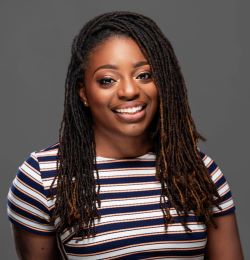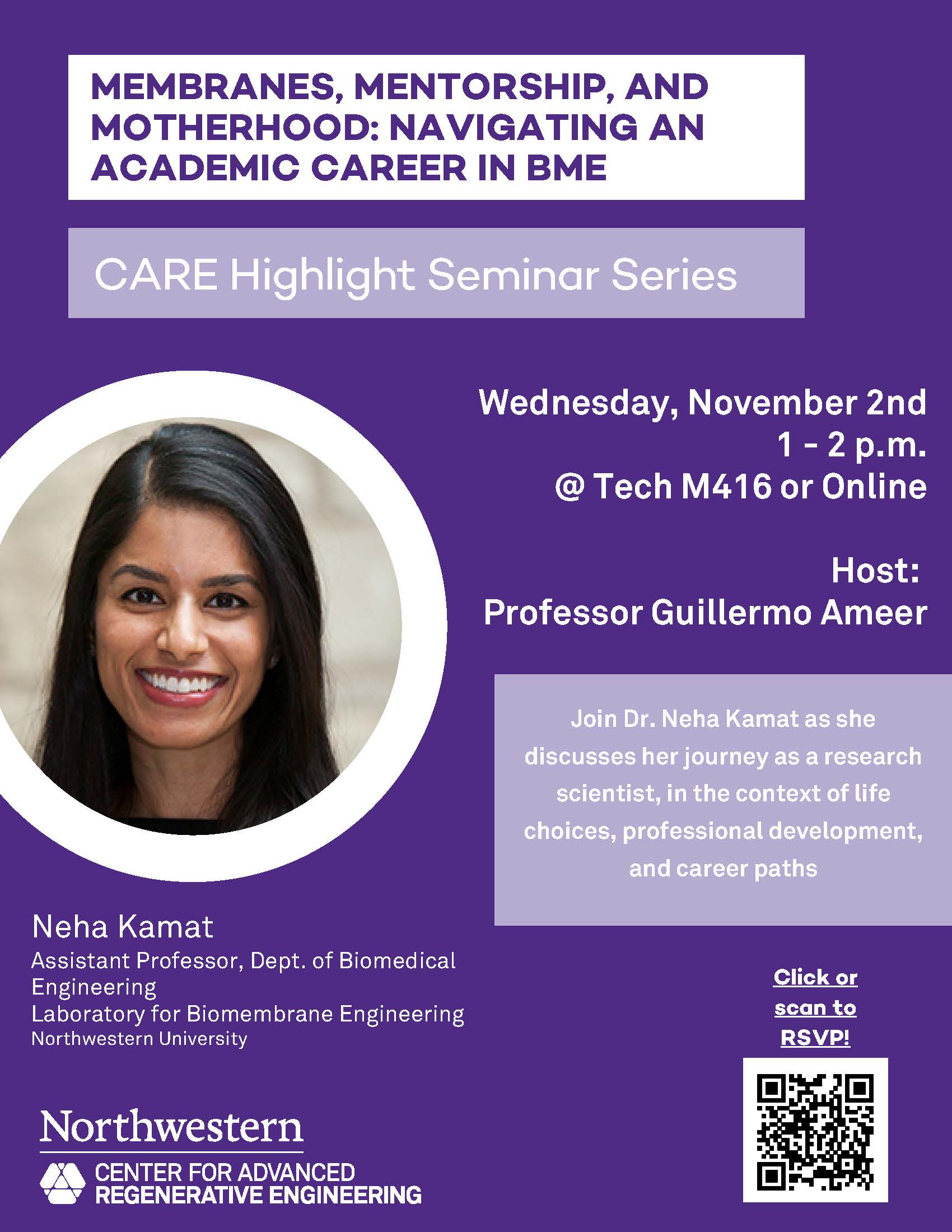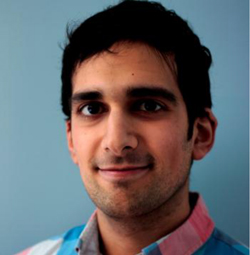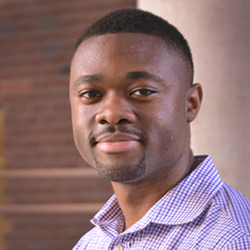RE Highlight Series
BME Rising Star Series
Erika Moore, PhD
Assistant Professor in the Fischell Department of Bioengineering at the University of Maryland
Host: Bin Jiang
Thursday, March 7, 2024
Bridging the Gap: In vitro Preclinical Models to Investigate the Role of Macrophages in Tissue Regeneration
Dr. Erika Moore is an Assistant Professor in the Fischell Department of Bioengineering at the University of Maryland, College Park. She defended her Ph.D. in Biomedical Engineering from Duke University in May 2018. She earned her bachelor’s degree in Biomedical Engineering from the Johns Hopkins University in 2013. Her work focuses on understanding the role of macrophage immune cells in tissue repair and regeneration through the design of in vitro preclinical models, spanning age-associated macrophage function, macrophage-vasculitis mediation in lupus, and macrophage integrin ligand interactions within the extracellular matrix. The mission of the Moore lab is to engineer biomaterial models that leverage the regenerative potential of the immune system across health inequities. To execute on this mission, Dr. Moore develops compassionate innovators equipped to transform biomedical research. Recently acknowledged as Forbes 30 Under 30 in the Healthcare category, Dr. Moore’s notable awards include the N.I.H. R35 Maximizing Investigators Research Award, the Lupus Research Alliance Career Development Award, the BMES Rita Schaffer Award, the 3M Non-Tenured Faculty Award and NSF CAREER Award.

Santiago Correa, PhD
Postdoc, Appel Lab, Materials Science & Engineering Stanford University
Host: Guillermo Ameer
Monday, December 13, 2021
Self-Assembled Nanotechnologies for Precision Biomaterials
Self-assembled materials with defined nanoscale architectures can engage with biological systems in fundamentally new ways, providing unprecedented biomedical opportunities. In particular, the ability to more precisely control both the location and timing of drug release makes these biomaterials especially useful for delivering potent or sensitive cargo, which has major implications for immuno- and tissue engineering. Whether it is drug delivery, gene therapy, or regeneration, these materials are pushing the boundaries for engineering our own biology. In this seminar, I will discuss how self-assembled biomaterials are used to manipulate the tumor microenvironment to achieve gene silencing, non-invasive tumor detection, and localized immunostimulation in vivo. By leveraging non-covalent interactions to build composite nanomaterials, we constructed multi-functional biomaterials capable of dynamic stimuli-responsive behaviors. I will detail the development of nanoparticle coatings that target ovarian tumors and preferentially traffic to specific subcellular compartments. These coatings enabled the development of both theranostic and immunostimulatory nanomedicines that required specific subcellular trafficking to carry out their functions. I will also discuss the development of nanoparticle-based, supramolecular hydrogels, which provide injectable, clinically relevant strategies for localized cancer immunotherapy. Together, these applications demonstrate the ability for self-assembled biomaterials to accomplish complex goals in vivo and mediate highly specific biomedical functions.
Yvon Woappi, PhD
MOSAIC Fellow, Harvard Medical School, Brigham & Women’s Hospital
Host: Guillermo Ameer
Thursday, December 2, 2021
Orchestrating Synthetic Regeneration of Mammalian Tissue
Large scale tissue damage, such as organ failure and burn injury, is a leading cause of morbidity and death. However, the mechanisms underlying full regeneration of organs remain poorly understood. As the largest organ system in the body, the integumentary system is a composite tissue assembly evolutionarily adapted for healing. Consequently, its complex physiology requires multifaceted cooperation between several distinct cell populations and cell lineages of embryologically distinct origins. Equally integrated within this dynamic process is local immune response that produces mitogenic and inhibitory signals throughout the restoration procedure. There remains a significant gap in understanding how these processes are orchestrated, and how various skin cell populations from distinct developmental lineages functionally cooperate to regenerate tissue at organ scale. My research seeks to characterize the molecular language of tissue healing and to harness this malleable dialect for the regeneration of tissue at organ scale. Through the development of organoid models of wound regeneration and the coupling of these systems with novel gene-editing approaches, my work is enabling the functional understanding of the multifaceted cellular events executed throughout restorative healing. This seminar will describe these high throughput technologies and will illustrate their utility in identifying novel regulators of tissue healing.

